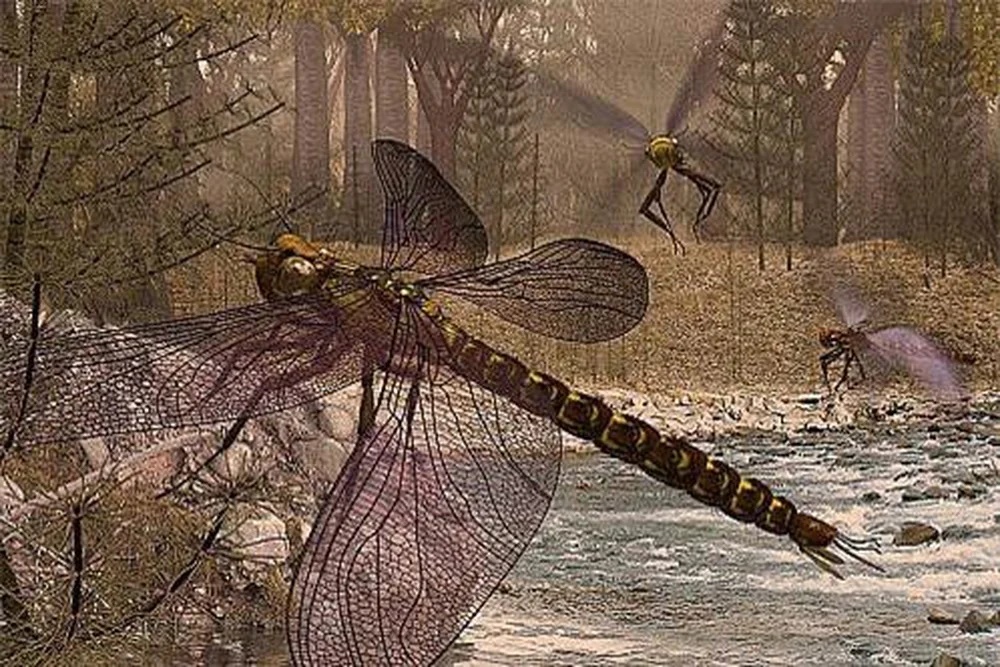
This Is The Largest Known Insect of All Time, With a Wingspan of 2.5 ft (75 cm)
Since they lack lungs, insects breath through a series of tubes (trachea) that are connected to the outside. Oxygen gets absorbed through the wall of these tubes by simple diffusion. With higher oxygen levels in the atmosphere, insects absorbed more of it, which would allow them to evolve giant body sizes. The anatomy of griffinflies hints at very maneuverable flight capabilities that are very demanding metabolically and require high oxygen levels.
In the Permian period, however, oxygen levels started to decrease, which was coupled with increasing aridity. Eventually, this could have led to the extinction of these giant insects. Modern atmospheric oxygen levels would be just too low to allow similar gigantism in active aerial predatory insects.
In the Permian period, however, oxygen levels started to decrease, which was coupled with increasing aridity. Eventually, this could have led to the extinction of these giant insects. Modern atmospheric oxygen levels would be just too low to allow similar gigantism in active aerial predatory insects.
Advertisements



